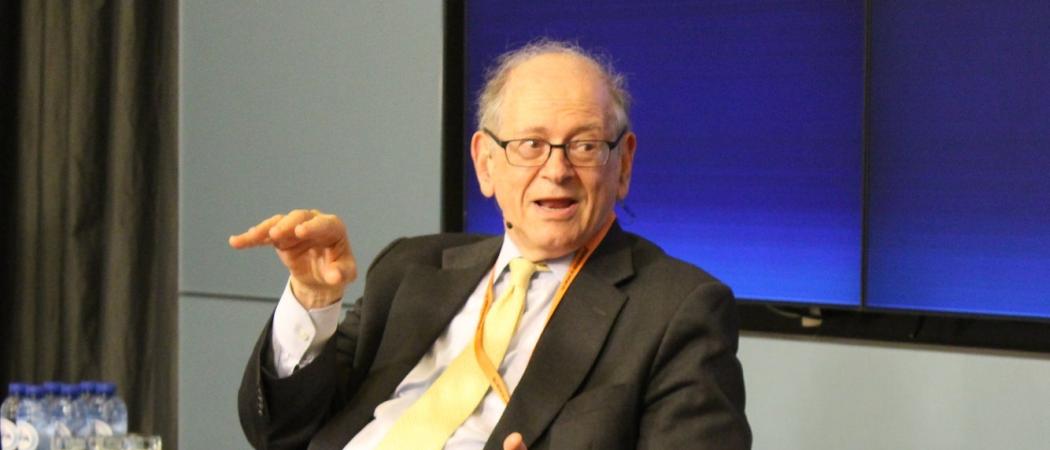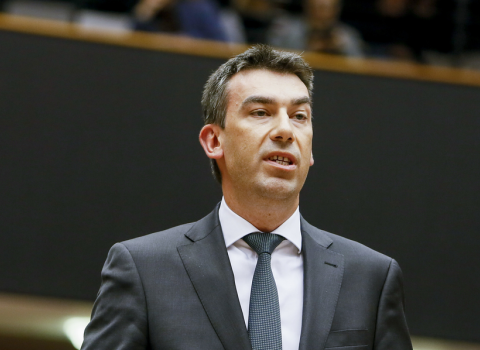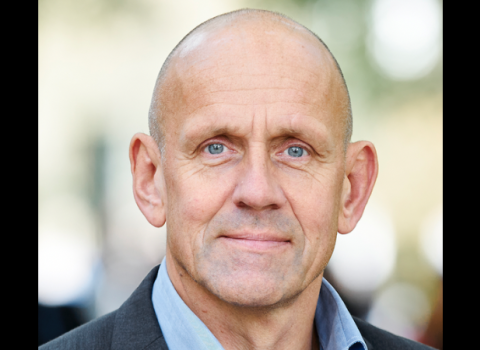Internet pioneer Robert E. Kahn, at a Science|Business conference, likes the connectivity of today’s Web, dislikes the hacking and porn. And he has a formula to make it work better in future

Technology can be used for both good and bad – and according to its co-founder, the Internet is no different.
American software engineer Robert E. Kahn told a Science|Business conference audience on 25 September that he likes the way the Internet has helped connect the world. But he’s not so keen on some of the unanticipated problems.
“I certainly do not like the fact that there is so much cyber security-related problems…. And I never liked the fact that there was all that pornography upfront. But you know, you have it in society; and you’re going to find a microcosm of everything in society to show up in the network environment.”
Kahn spoke at the conference about his proposal to future-proof the Internet for hyper-growth, as billions more devices connect around the world. His proposal is to assign a unique identifying code to any document, file, object or even person – and then create a system so that they can be easily found, regardless of the computer, software, country or other technical aspects. He calls it the Digital Object Architecture, and wants it built into networks of the future as a default system for inter-connectivity.
His proposed architecture, he says, will make it easier for heterogenous information systems to become interoperable, by packaging information as digital objects – in essence, strings of software - which would be tagged with “metadata” that describe the nature of the information and permit it to be traced quickly. And it would permit security and privacy controls to be built into the system from the start, so access can be better controlled and protected than today. Many publishers already use the concept, which he helped develop for the industry, in Digital Object Identifiers that tag most scientific journal articles on line. But he wants its use to spread further.
Kahn, now CEO and chair of the non-profit Corporation for National Research Initiatives, was the first to organise a public demonstration of what became the Internet in 1972, while he was working at the US Defense Advanced Research Projects Agency. Together with another engineer, Vinton Cerf, he developed the core software technology behind the Internet, the Transfer Control Protocol (TCP/IP).
Today, however, he says that the increasing number of information systems around the globe requires new methods to connect computers and networks. Of his Digital Object Architecture, he said, “my hope is that it will be built into every system”. He was visiting Brussels last week in order to discuss his proposal with European Union officials.
For more information about Kahn’s proposal, read this



 A unique international forum for public research organisations and companies to connect their external engagement with strategic interests around their R&D system.
A unique international forum for public research organisations and companies to connect their external engagement with strategic interests around their R&D system.